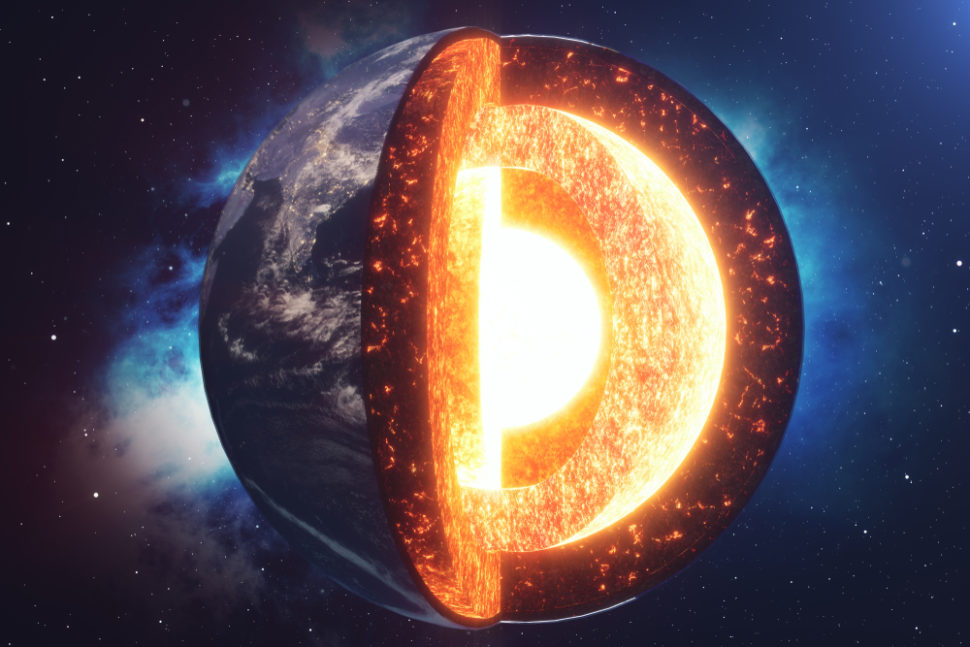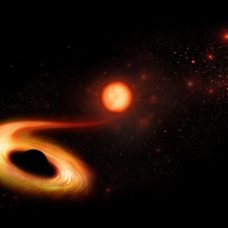It’s now official, the Earth’s inner core is indeed solid.
A recent study conducted by researchers from the Australian National University has confirmed that our planet’s inner core is solid. Using a method that enabled them to detect shear waves, the researchers were finally able to put constraints on the core’s solidity.
“We found the inner core is indeed solid, but we also found that it’s softer than previously thought. It turns out, if our results are correct, the inner core shares some similar elastic properties with gold and platinum,” Hrvoje Tkalčić, an associate professor at the Australian National University and one of the researchers, explained.
The inner core is like a time capsule, if we understand it we’ll understand how the planet was formed, and how it evolves.
~ Hrvoje Tkalčić, Associate Professor, Australian National University
Shear waves are among the waves of energy that are formed as the Earth’s crust grinds and groans on the surface. Unlike other energy waves that move back and forth, it moves up and down in a surf-like motion. As shear waves change phases and pass through solid objects, they carry with them valuable information about the object they have passed through.
One kind of shear wave, known as a J wave, can actually pass through the Earth’s inner core. However, it is so tiny and quiet that it’s highly difficult to study. In fact, J waves are virtually impossible to observe directly. That was the case until Tkalčić and his research partner Than-Son Phạm found a way to detect them by listening to earthquake vibrations.
The method utilizes two seismic receivers positioned on the Earth’s surface. The duo compares the notes taken by the two apparatus hours after the loudest rumbles from earthquakes have faded away. It appears that a pattern emerges if there are enough pairs of signals in the data.
“That’s called cross-correlation, or the measure of similarity. From those similarities we construct a global correlogram – a sort of fingerprint of the Earth,” Tkalčić said.
The results of the study revealed that the inner core of our planet is indeed solid, proving a theory proposed by the late Danish seismologist Inge Lehmann in 1930s. However, it’s not as solid as what was initially thought.
This study and the duos new method are expected to aid other scientists in better understanding the Earth’s inner core and the significance of the geomagnetic field.










Comments (0)
Most Recent